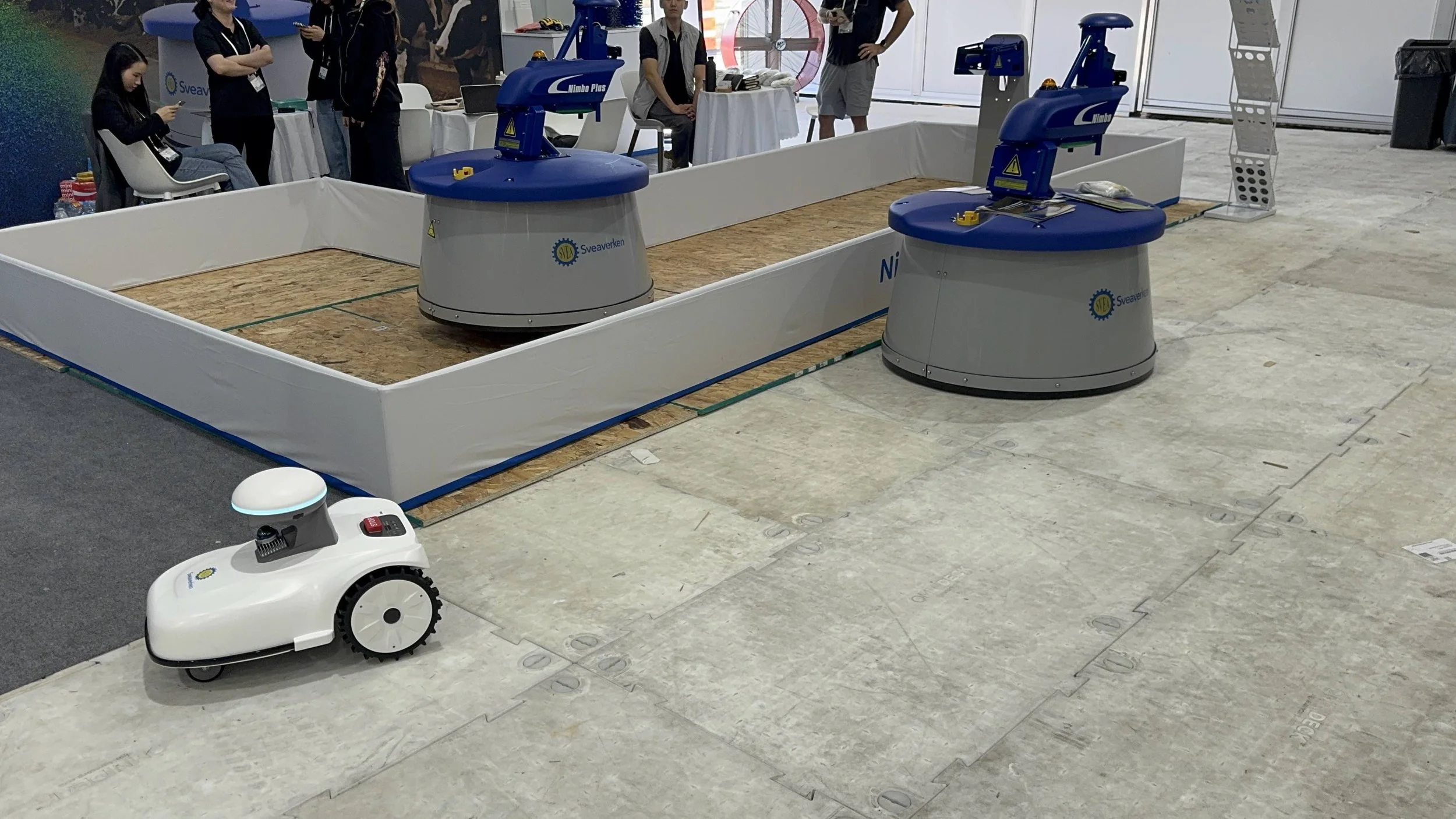Innovation in the Dairy Industry at the 2025 World Dairy Expo
Last week, I joined nearly 75,000 attendees from over 100 countries at the 58th World Dairy Expo (WDE) in Madison, Wisconsin. When I first attended in 2013, I was struck by the overlap between animal and human health—activity trackers, microbiome research, and genetic selection. This year, the WDE felt like a technology conference inside an agricultural showcase.
I was eager to see how the dairy industry continues to evolve, particularly around workforce, technology, and entrepreneurship.
Building Teams with Technology
A theme across panels was how technology is changing workforce needs, which is one of dairy’s biggest challenges. Producers need to build technical teams, not just general workers.
A standout example was Double Creek Dairy in California. They introduced robotic milking for their 500 cows as a way to promote their existing employees into higher-skill, higher-paying roles.
“We didn’t adopt robots because we had bad labor.
We did it because we had great labor and wanted to keep them.”
It’s a powerful example of how automation can strengthen the human element in agriculture. Alongside automation, another force reshaping the modern dairy is information.
Connected Data and Real Time Decisions
Connected data is transforming the work and the economics of dairies. In a session on “Harnessing the Power of Connected Data,” farmers and nutritionists discussed integrating everything from cow-level rumination (digesting) data to heat detection to feed efficiency, weather patterns, and in-line milk analysis.
Enabling farmers to access and visualize all of this data in real time allows them to adjust their operations, such as focusing on a single cow that has an issue or addressing an issue like temperature in a barn.
One producer shared how the ability to track energy-corrected milk feed efficiency (how well feed converts to milk energy) daily or weekly rather than quarterly helped protect margins in a period of rising feed costs. Real time insights like these are critical for operational profitability.
Family Farmers: Entrepreneurs
The “Progressive Farmer Panel” highlighted something interesting: the entrepreneurial mindset of family-owned farms. One Wisconsin producer summed it up best:
“We’re always trying to blend the wisdom of our past
with the tools of today to build a stronger future.”
There was a compelling discussion about risk management on a farm, including factors such as risk tolerance, the stage of the business, and cash in the bank. The parallels to early and growth stage businesses we see at Valency Fund were striking. The farmers talked about unit economics and profitability as well as the impacts of investing in stability (e.g. growing their own feed) rather than risking changes in the market. Another great discussion centered around the marketplace for milk and the role of cooperatives in not only pricing but access to buyers.
Sustainability (and Profitability) as StrategyFinal Thoughts
Sustainability was framed as an economic opportunity. Farmers spoke candidly about cover crops, digesters, and solar energy systems as investments with measurable returns. One producer framed it as:
“You have to be profitable to be sustainable,
and sustainable to be profitable.”
That alignment of environmental impact and financial discipline represents future value creation across industries, not just agriculture.
Final Thoughts
I left the WDE and was reminded that innovation doesn’t just happen in labs or startups—it happens in milking parlors and feed barns. From automation and AI-enabled analytics to predictive herd management and robotic feeding systems, dairy producers are adopting modern technology tools. I sensed a relentless curiosity about how to improve their businesses.
The dairy industry’s blend of tradition and transformation is a great reminder of what entrepreneurship looks like when it’s grounded in purpose, persistence, and progress. The lessons from this year’s Expo extend beyond agriculture. They show how innovation takes root wherever people are willing to experiment, adapt, and invest in the future.
Dairy offers a powerful example of how legacy sectors can lead applied technology development and sustainable business growth.
Additional Resources:
🎧 The Dairyland Initiative Podcast — Practical, science-based insights on cow comfort, health, and housing.
🎥 Born of the Bond — A docuseries following a family ranch through generational transition.






